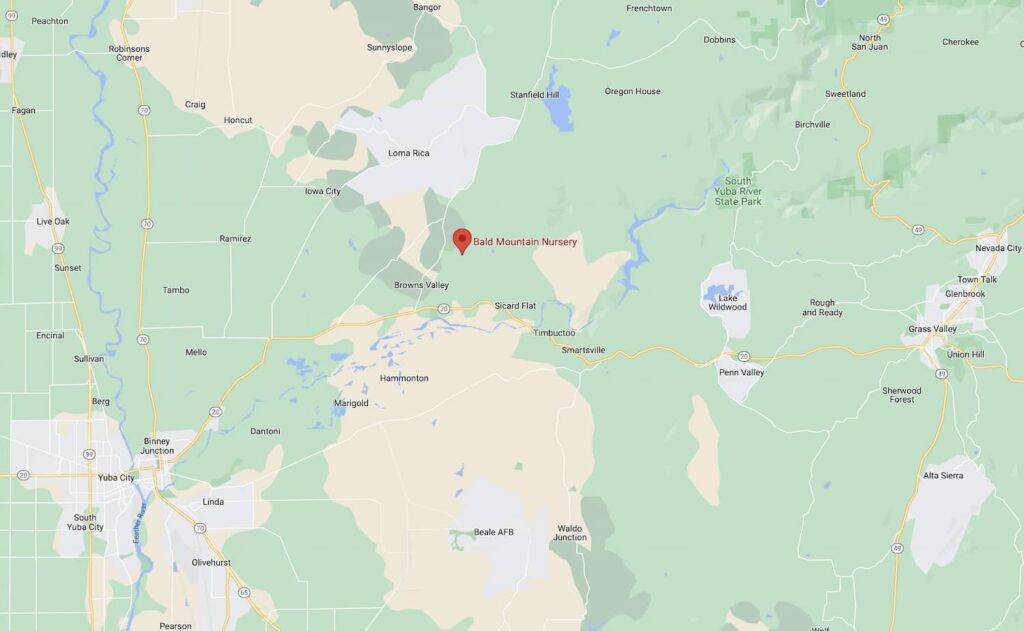Bare Root Season Coming In January
Bare root season begins January 2015. The trees will arrive in mid to late December. Bare root berries will arrive in November. Usually the second week or so. I will send out email notifications as soon as they are in and ready for sale– click here to join the mailing list. Click here to view our bare root fruit tree, berry and vegetable list. Some new items this year: Dwarf Cherries. 8-12 ft. mature height. Parfianka and Pink Satin pomegranate. 6 in 1 Espaliered Cherries. They have been confirmed. Hopefully we get them. Leah Cot Aprium If you are interested in reserving trees, come in and pay and we will tag the trees when they arrive and notify you. We must have payment in advance in order to reserve trees.

